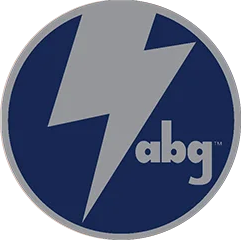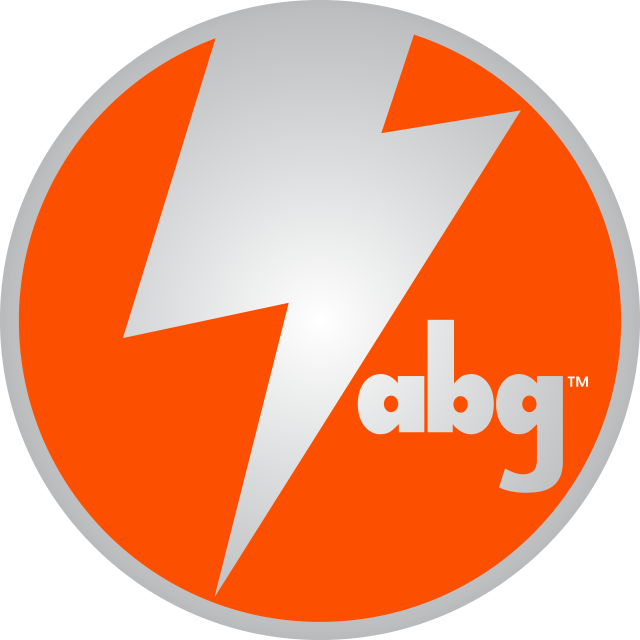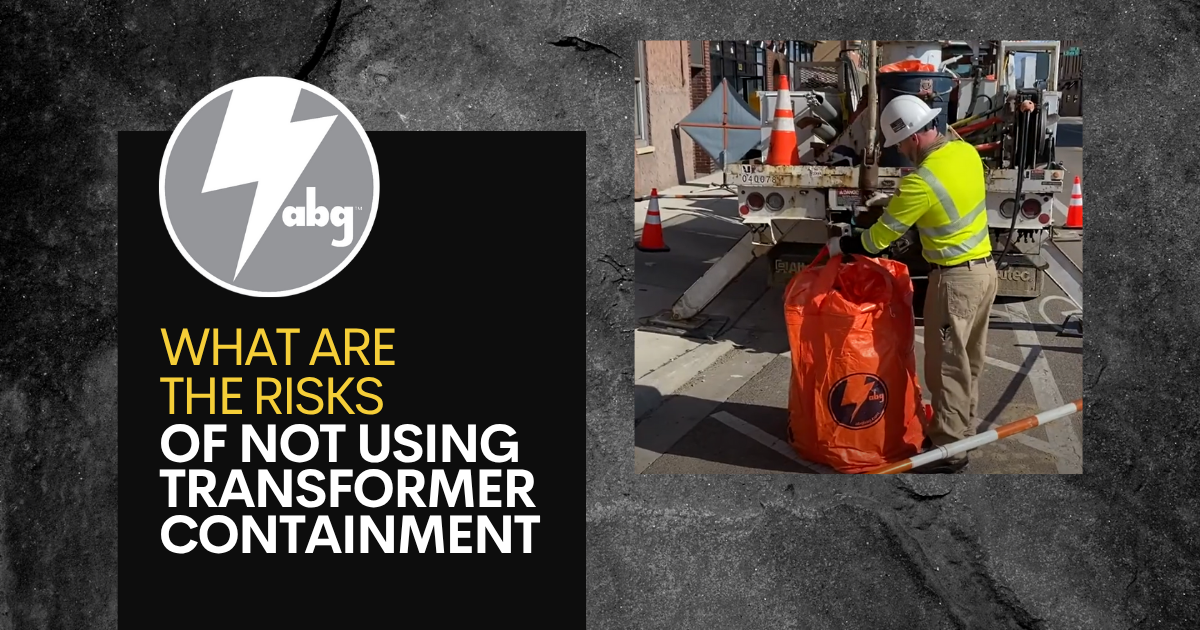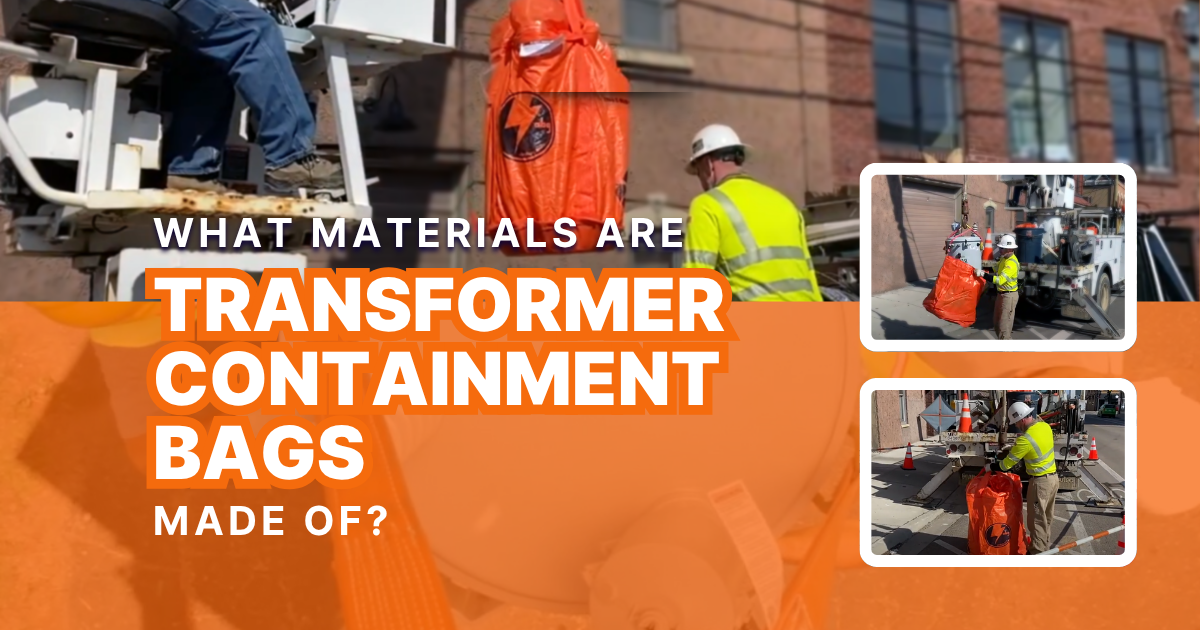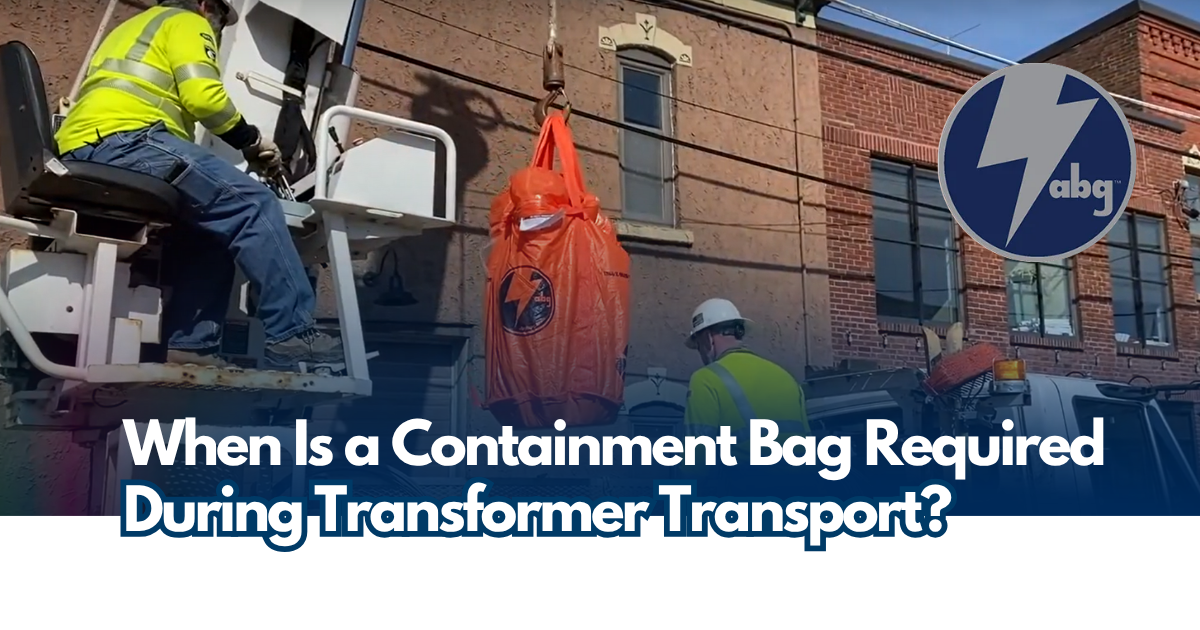
When Is a Containment Bag Required During Transformer Transport?
Transporting transformers, whether retired from service or being relocated for maintenance, involves more than just securing the unit to a flatbed. The presence of oil, potential contaminants like PCBs (polychlorinated biphenyls), and the environmental risks tied to leaks or spills all call for serious planning—and often, the use of Transformer Containment Bags.
In this blog, we’ll break down when containment bags are not just recommended but required during transformer transport. From federal regulations to site-specific policies, we’ll also explain how using the right transformer containment product—such as a transformer oil containment bag or PCB transformer containment bag—protects both people and the environment.
Why Containment Bags Matter for Transformer Transport
Transformers often contain mineral oil or other dielectric fluids that can pose serious environmental hazards if spilled. Whether you’re dealing with older units containing PCBs or standard transformers still filled with oil, a leak during transport can result in contaminated soil, waterway damage, and costly cleanups—not to mention regulatory penalties.
Transformer Containment Bags serve as a secondary layer of protection. They are specifically designed to enclose the unit and capture leaks that might occur during transit. This ensures that even if the transformer casing is compromised, fluids don’t make contact with the surrounding environment.
When Is a Containment Bag Required?
Any transformer that still contains oil—whether new, refurbished, or decommissioned—poses a risk of leaks. In these cases, transformer oil containment bags are often mandated by internal protocols, utility companies, or transportation contractors to avoid accidental discharge. Even a few ounces of leaked oil can trigger environmental reporting and cleanup requirements.
Older transformers may contain PCBs, a toxic chemical banned in many applications but still present in legacy equipment. When transporting these units, a PCB transformer containment bag becomes more than a best practice—it’s often a regulatory requirement under EPA and DOT guidelines.
Proper labeling, double containment, and transport in DOT approved containment bags are common expectations when moving transformers with any potential PCB content.
The Department of Transportation (DOT) imposes strict rules when hazardous materials are involved in transport. If your transformer could leak during movement—especially on public roadways—you’ll likely need DOT approved containment bags that meet specific standards for spill prevention, puncture resistance, and secure closures.
Failure to use proper containment bags during transport across jurisdictions could result in fines, vehicle impoundments, or clean-up liabilities.
If a transformer has been damaged or shows signs of leakage in the field, transporting it without secondary containment is a major risk. In these cases, utilities and contractors are typically required to use Utility pole containment bags or pole mount transformer containment bags to secure the unit and stop residual oil from leaking during transit to a storage or disposal site.
Transformers being retired or stored temporarily may still contain residual oil or sludge. Transporting these without a transformer containment bag could result in leaks that impact soil, gravel yards, or asphalt during loading/unloading. Many facilities require incoming transformers to arrive with containment in place as a condition of acceptance.
Types of Containment Bags for Transport Situations
Different transport scenarios require different containment solutions. Here are some options to consider:
- Pole Mount Transformer Containment Bags – Designed to capture leaks from transformers still mounted on poles or being removed from service.
- Transformer Oil Containment Bags – Ideal for routine oil-filled unit transport to avoid accidental fluid loss.
- PCB Transformer Containment Bags – Specially engineered to prevent hazardous substance leakage, often required for compliance.
- Utility Pole Containment Bags – Used when transporting or removing units in the field where soil contamination risk is high.
- DOT Approved Containment Bags – Engineered to meet federal transport safety standards and suitable for over-the-road haulage.
For a comprehensive breakdown of which bag to use and when, visit the Essential Guide to Transformer Containment and Transport Bags.
What to Look for in a Transformer Containment Bag
Choosing the right containment bag involves more than selecting the right size. Make sure your bag features:
- Oil-resistant materials such as PVC or polyurethane
- Leakproof seams and secure zipper or seal closures
- Handles or straps for safe handling
- Reinforced base layers for puncture resistance
- Compliance labeling if transporting hazardous materials
These features ensure that your containment bag does the job during bumpy rides, extreme weather, and heavy loading operations.
Real-World Scenarios That Require Containment Bags
Imagine hauling a transformer through rough rural roads after storm damage. Without proper containment, even a minor bump could jar loose old gaskets or weak seals, spilling transformer oil into the environment. Or consider a utility crew removing a unit from a pole after a fire—it’s already compromised and leaking oil.
In both cases, transformer containment bags provide critical protection from further damage, leakage, and environmental impact.
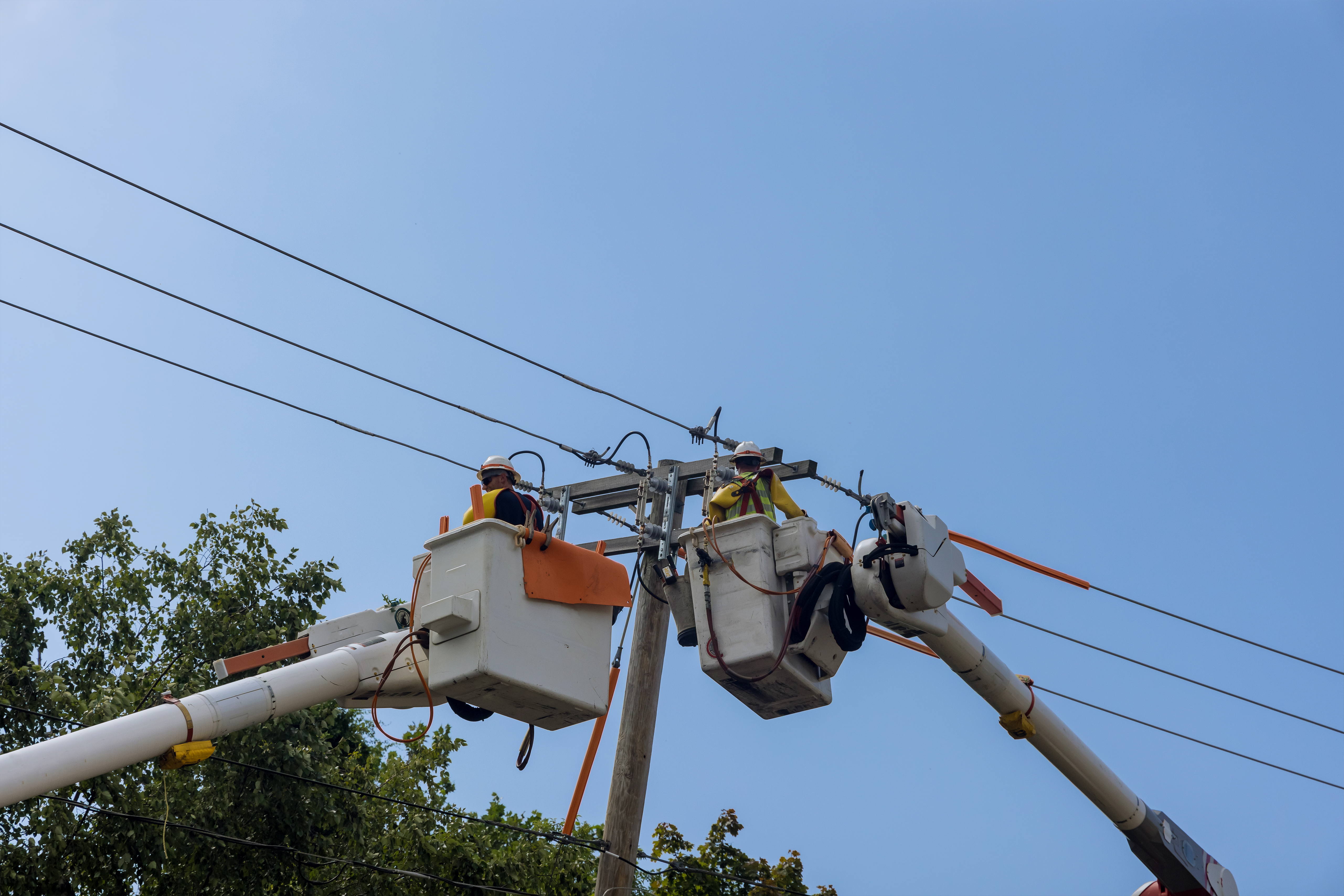
Need Help Finding the Right Containment Solution?
Containment bags aren’t optional in today’s utility operations—they’re essential tools for regulatory compliance, environmental protection, and responsible asset management. Whether you’re dealing with oil-filled equipment, legacy PCB units, or emergency field removal, using the right containment bags minimizes risk at every stage of transformer transport.
Understanding when and why these bags are required helps utilities, contractors, and transport providers stay ahead of regulations and avoid preventable accidents.
If you’re unsure which containment bag suits your application, the team at ABG Bag Inc. is here to help. Call 800-758-8079 to get expert guidance on transformer containment options for your transport or field operations.
Do You Have Questions?
For inquiries about our products, order status, or any other information related to ABG Bag Inc., send us a message, and we will respond soon.
Sales & Customer Care
Product Questions


